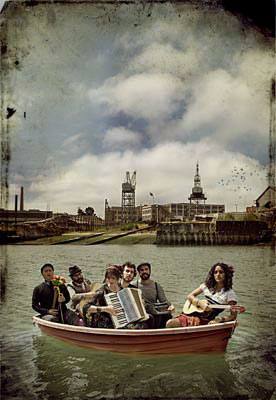
MIM: Richly expressive tone and perceptive lyrics make Dublin native Susan McKeown one of the most striking and impressive composer-singers today. McKeown walks the line between traditional Irish melodies and contemporary music.
McKeown’s songwriting abilities earned her a reputation for intelligent and inventive lyrics. She drew from the poetry of Emily Dickinson and Samuel Taylor Coleridge, Irish legends, and various other literary and cultural sources to create a versatile and engaging style.
Tonight was a special occasion: I didn’t usher but instead brought Aaron to a performance so we could enjoy as guests! It was refreshing to sit-back and especially to be able to show Aaron what I do on a regular basis.
Susan began the concert very reminisent of Allison Krauss – her first few songs were lyrical and catchy and beautifully sung. She only brought 2 accompanists and we were both impressed by the depth of sound from 2 instruments. My favorite song was an Irish traditional song remastered and gorgeously sung. Likewise, we also enjoyed her last few songs. She sung a lovely Gaelic hymn and several folk songs that were very engaging.
However, the middle of the concert fell apart for us. Ms McKeown has drawn inspiration from a fleet of depressed poets and authors and her songs swung to an unhappy, melodramatic side. She does have a skill for song writing, but we both had a difficult time connecting to her music.
Although I had hoped Aaron’s first experience would be phenomenal, I think he enjoyed the show. I hope he was happy with the experience.










